In the tiny world of insects, some species are true architectural geniuses. These miniature builders create structures that rival human engineering in their complexity and efficiency. Until I researched this piece, I’d never even heard of a grass-carrying wasp. Our planet is home to some truly remarkable organisms.
Honeybees
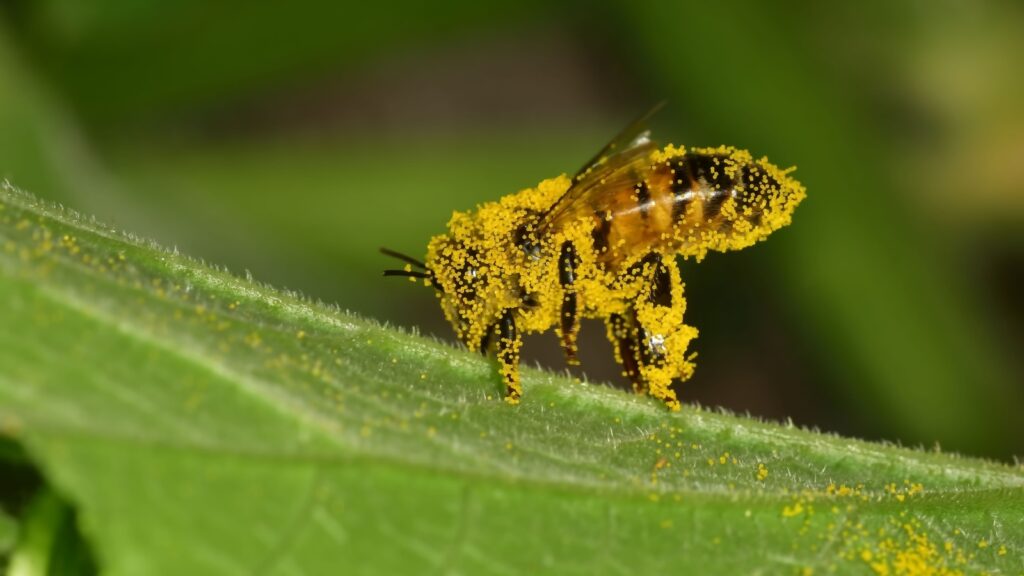
Honeybees are nature’s geometry experts. They build perfectly hexagonal cells in their hives, maximizing space and using minimal materials. These hexagons are so precise that for centuries, scientists thought they were mathematically perfect. The hive structure keeps a steady temperature and humidity, creating an ideal environment for raising young and storing honey.
Termites
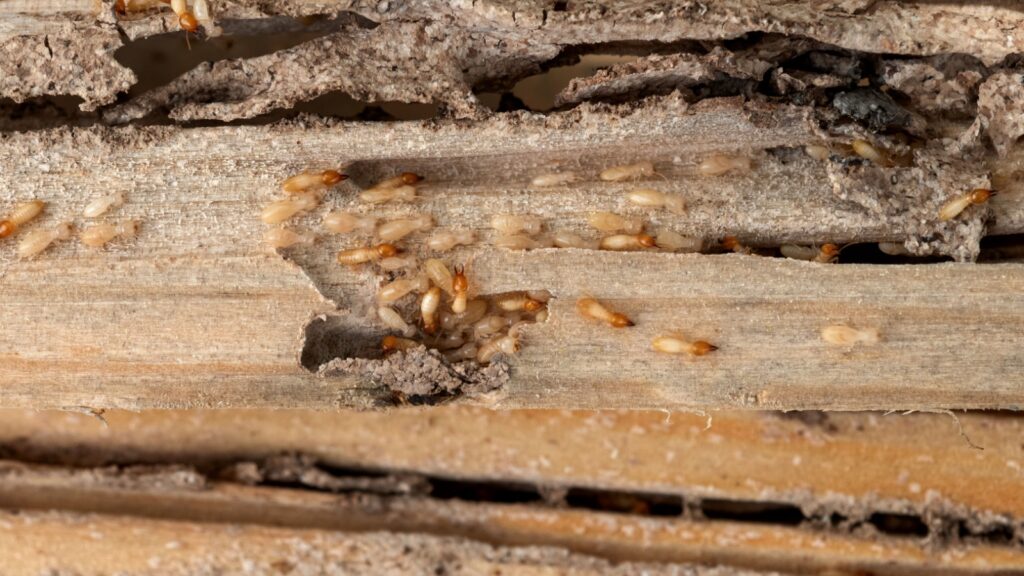
Termite mounds are skyscrapers of the insect world. Some can reach up to 30 feet tall, equivalent to a three-story building for humans. These structures have complex ventilation systems that keep the inside cool and humid. Termites even farm fungus inside their mounds, growing it on chewed-up wood for food.
Leaf-Cutter Ants
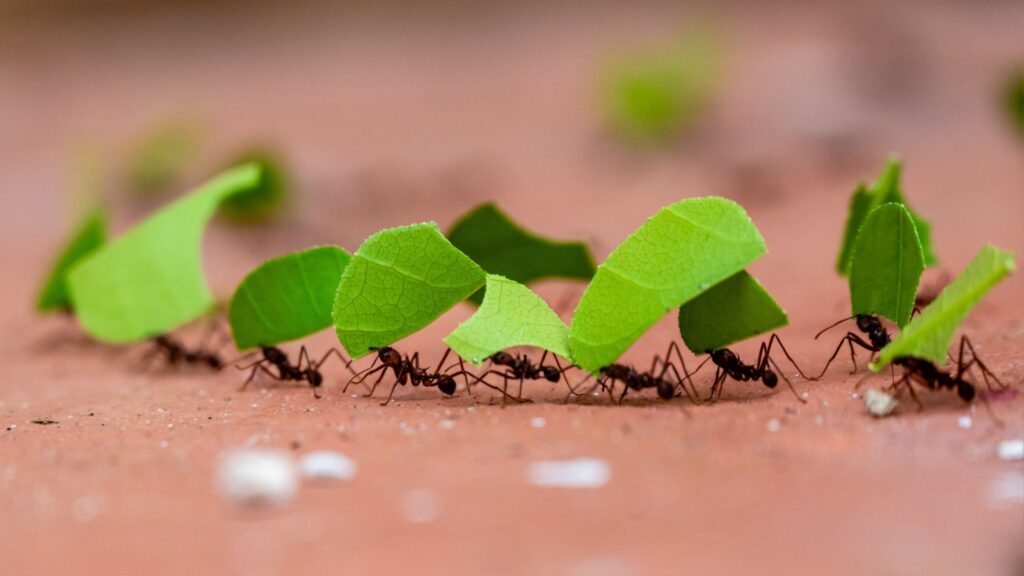
Leaf-cutter ants are tiny farmers who build underground cities. They cut leaves and carry them back to their nest, where they use them to grow fungus for food. Their nests can be as large as a three-bedroom house, with different chambers for nurseries, food storage, and waste disposal. Some colonies even have air conditioning systems to regulate temperature.
Caddisfly Larvae
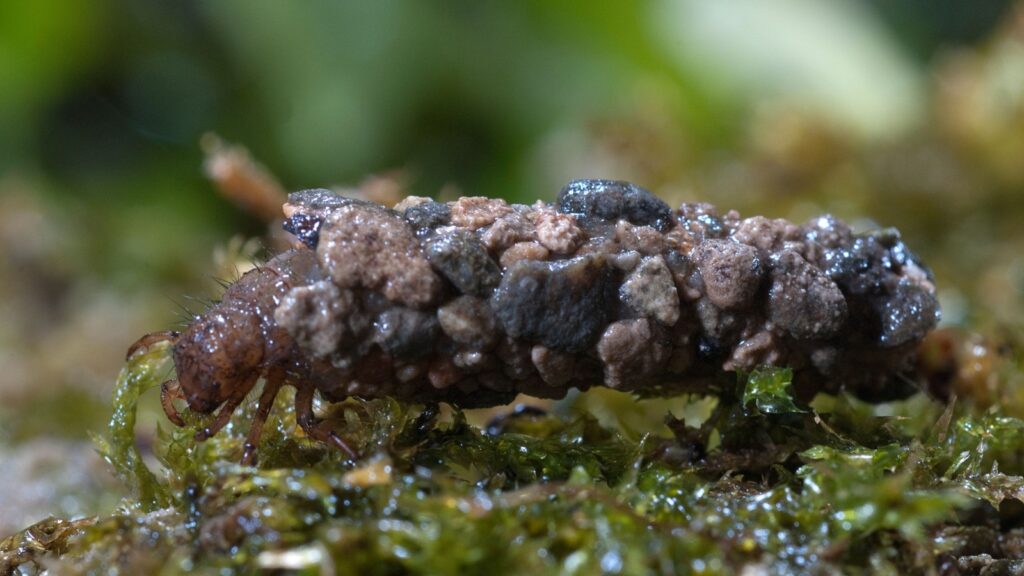
Caddisfly larvae are underwater architects. They build protective cases around themselves using silk and tiny bits of sand, stones, or plant material. These cases are like mobile homes, protecting the larvae from predators and strong currents. Some species even add twigs to their cases, making them look like small bundles of sticks.
Trapdoor Spiders

Trapdoor spiders are masters of camouflage and engineering. They dig burrows in the ground and cover them with a hinged door made of silk, soil, and plant material. This door blends perfectly with the surroundings and can be quickly shut if a predator approaches. Some species even add a second, false burrow to confuse predators.
Tent Caterpillars
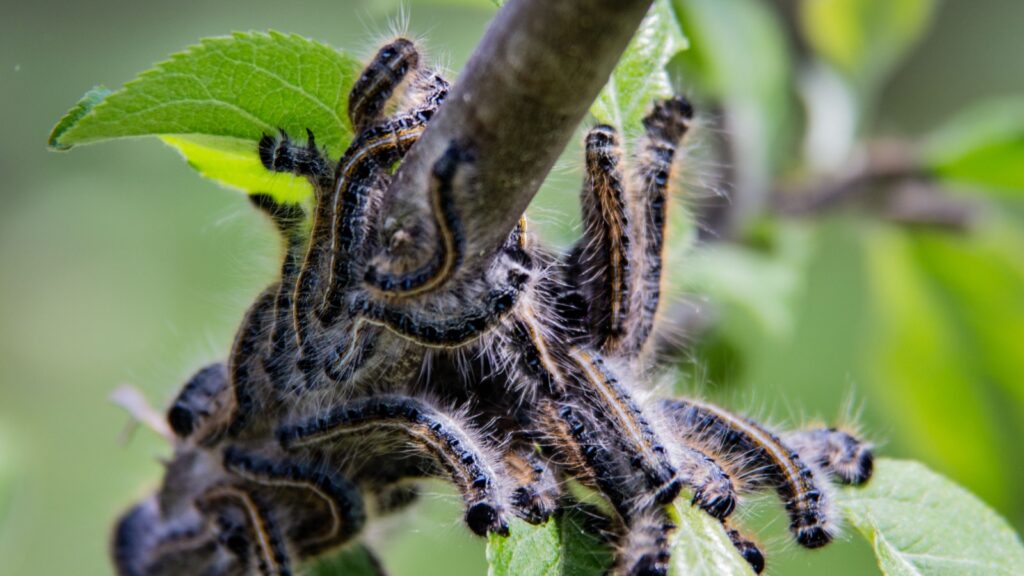
Tent caterpillars are social insects that build silk tents in trees. These tents protect them from predators and harsh weather. The caterpillars work together to expand the tent as they grow. They even orient the tent to catch the morning sun, warming up quickly on cool days.
Paper Wasps
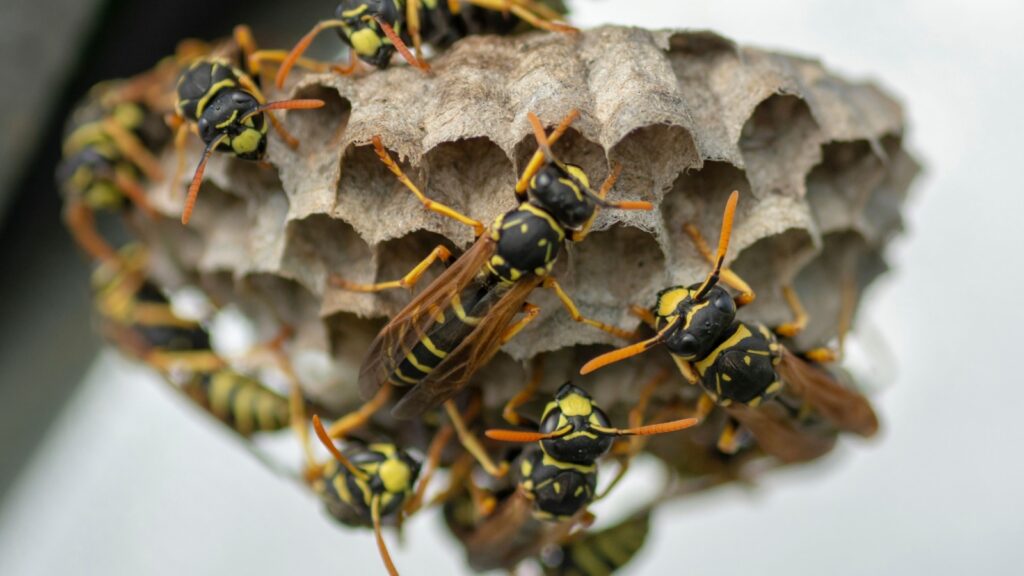
Paper wasps build intricate nests from wood fibers mixed with saliva. These nests look like upside-down umbrellas with open cells where they raise their young. The wasps can control the temperature inside the nest by fanning their wings or adding water to cool it down. Some species even build nests that change color to camouflage with their surroundings.
Bark Beetles
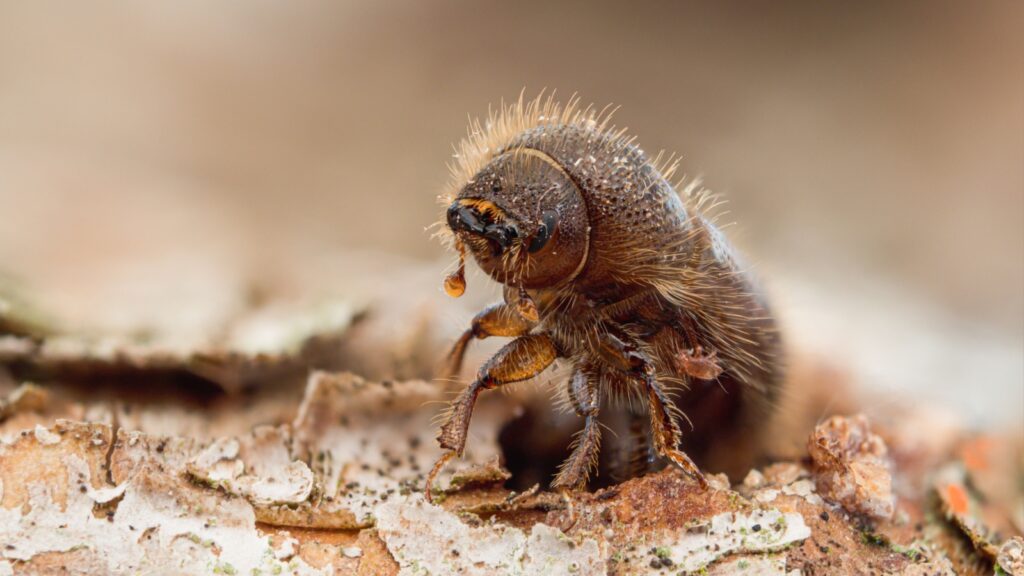
Bark beetles carve intricate galleries under tree bark. Each species creates a unique pattern, like an artist’s signature. The main tunnel is where the female lays her eggs. As the larvae hatch, they create their own side tunnels, forming a complex network. These galleries can girdle a tree, cutting off its nutrient flow.
Bagworm Moths
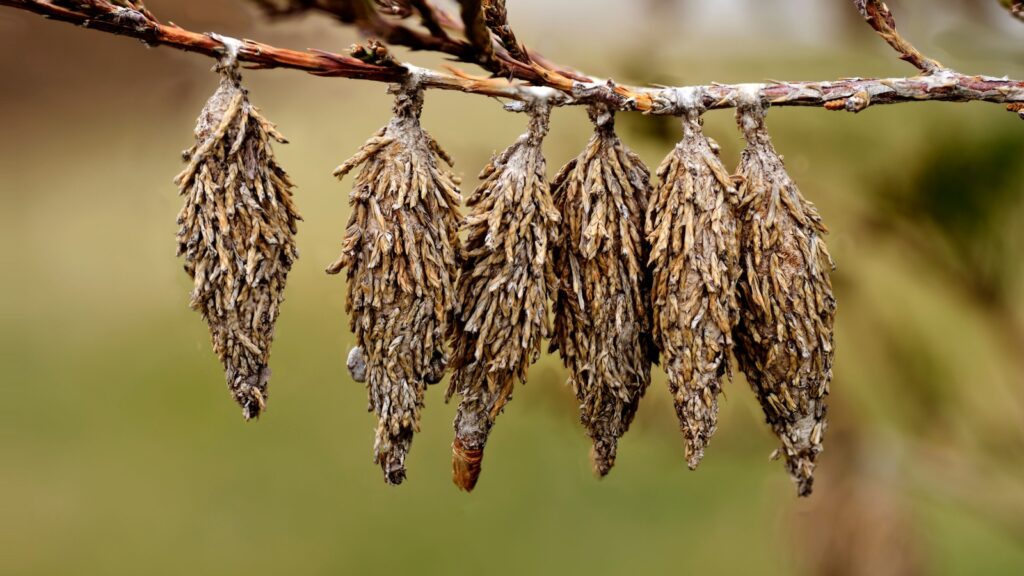
Bagworm moth caterpillars are mobile home builders. They create protective cases around themselves using silk and bits of the plants they eat. As they grow, they expand their cases. Some species decorate their bags with twigs arranged in spiral patterns, creating miniature log cabins.
Burrowing Bees
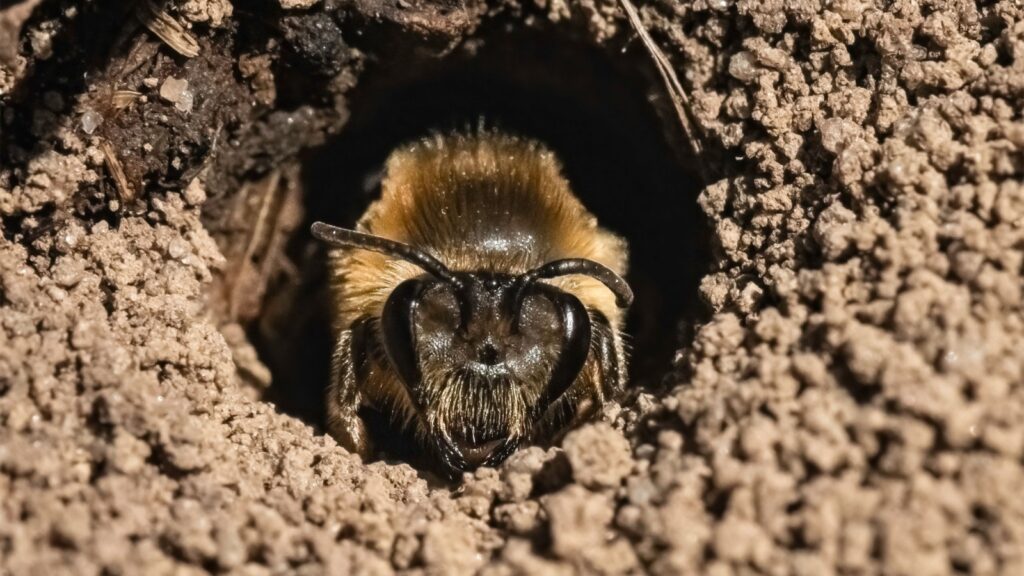
Burrowing bees are solitary insects that dig tunnels in the ground. At the end of each tunnel, they create small chambers where they lay their eggs. The bees line these chambers with a waterproof secretion and stock them with pollen and nectar for the larvae to eat. Some species even create false tunnels to confuse parasites.
Grass-Carrying Wasps
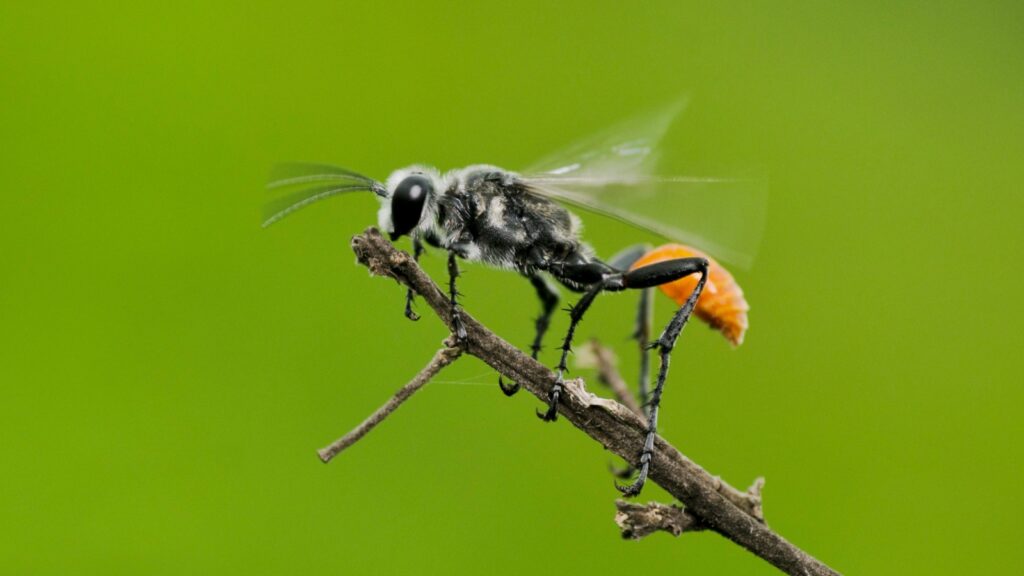
Grass-carrying wasps build nests in existing holes, like keyholes or hollow plant stems. They line these nests with pieces of grass, creating cozy chambers for their eggs. The grass helps control humidity in the nest and may deter parasites. These wasps show remarkable problem-solving skills, often trying different grass pieces until they find ones that fit perfectly.
Silk Worms
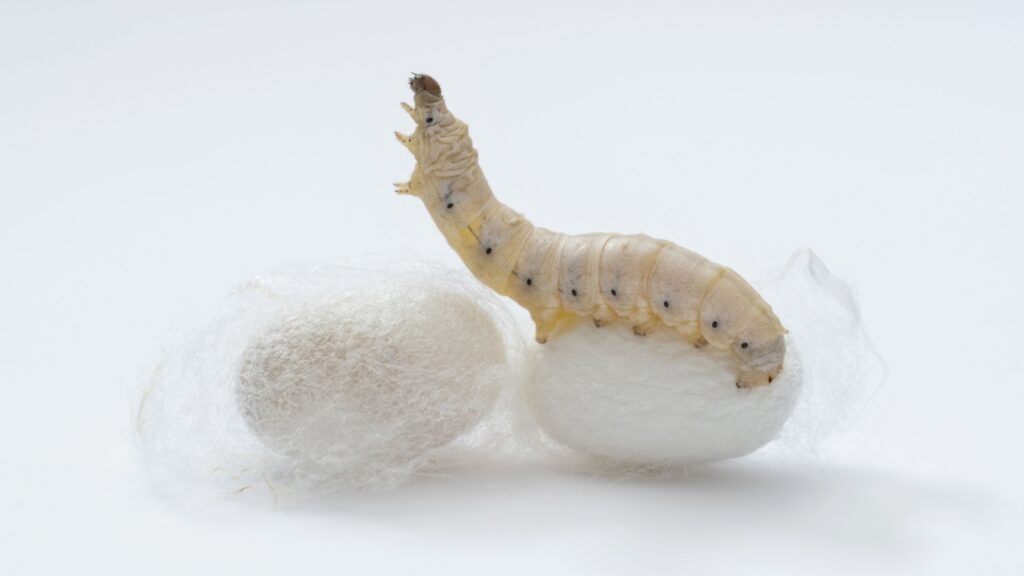
Silkworms are caterpillars that spin cocoons of pure silk. These cocoons are architectural marvels, consisting of a single silk thread up to a mile long. The cocoon protects the developing moth and maintains the right temperature and humidity. Humans have been using these silk structures for thousands of years to make fabric.



